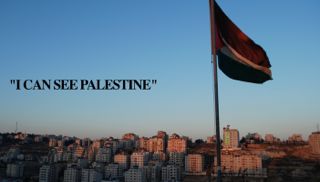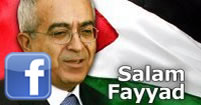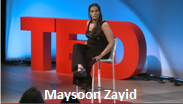Executive Summary
The political momentum witnessed since the beginning of 2005 has provided a turning point in a previously static political environment. The election of President Abbas, the Sharm al Sheikh Summit (February 2005), a 'period of calm' announced by Palestinian militant groups combined with the decrease of military activity from Israel and the disengagement (although unilateral) opened a new window of opportunity for settlement of the Palestinian– Israeli conflict.
Running in parallel, the Palestinian Authority initiated its first three year Medium-Term Development Plan for 2006–2008 and the arrival of James Wolfensohn as Special Envoy of the Quartet on Gaza Disengagement resulted in the pledging by donors of up to three billion US dollars to the recovery effort over a period of three years. These developments appear to suggest that the occupied Palestinian territory (oPt) is at a new juncture.
The lack of contiguity between Gaza and West Bank and the lack of free movement within the West Bank have severely affected the socioeconomic conditions of the Palestinians since the eruption of the second intifada in 2000. GDP per capita declined by 40%, unemployment increased from 10% to 30% and the population living below the poverty line increased from 21% to 60%.
Palestinians currently have relatively stable health status indicators, but with worrying trends: life expectancy is 72 years, the fertility rate is 4.6, infant mortality rate is 24.2 per 1000 live births and iron deficiency anaemia affects one fourth of children under 5 years and one third of women of child-bearing age. Chronic malnutrition is slowly increasing as well as dietary-related chronic diseases, and mental health is an increasing concern due to everyday life stressors (movement restrictions, feeling of insecurity).
In the years following the Oslo Accord, the oPt received an enormous amount of donor assistance, reaching US$ 300 per capita in recent years. Until 2000, most donor support was in the form of development aid. Near the end of 2000, however, most donors shifted their development programmes into emergency aid. In 2004 international aid disbursed to the health sector was US$ 66.1 million, representing 6.3% of the total disbursed, an increase from 3.2% in 2002 and 4.3% in 2003.
WHO has operated in the oPt through two main bodies: the Regional Office for the Eastern Mediterranean and the WHO headquarters West Bank and Gaza office. In addition WHO has been also working in agreement with UNRWA for the Palestinian refugees. A process of integration between the WHO presences started a few years ago and during 2005 became really operational.
WHO's mission in oPt is to promote the health of all Palestinian people by improving health sector performance based on equity, effectiveness and sustainability, as well as by addressing the broader social, economic, environmental and cultural health determinants, particularly those which are most affected by the Israeli-Palestinian conflict. Four main strategic directions: coordination, health policy and information, technical support and advocacy, are identified as leading towards a comprehensive public health approach based on the right to health, vulnerability and socioeconomic determinants, with a long-term perspective, while keeping ready to respond to the potential re-emergence of acute crisis.
| Attachment | Size |
|---|---|
| Click to download the full report | 290.04 KB |
World Health Organization - December 31, 2008 - Back to Resources Page
Did we miss something?
Click here to suggest a state building resource to be added to our fast-growing archive!
















